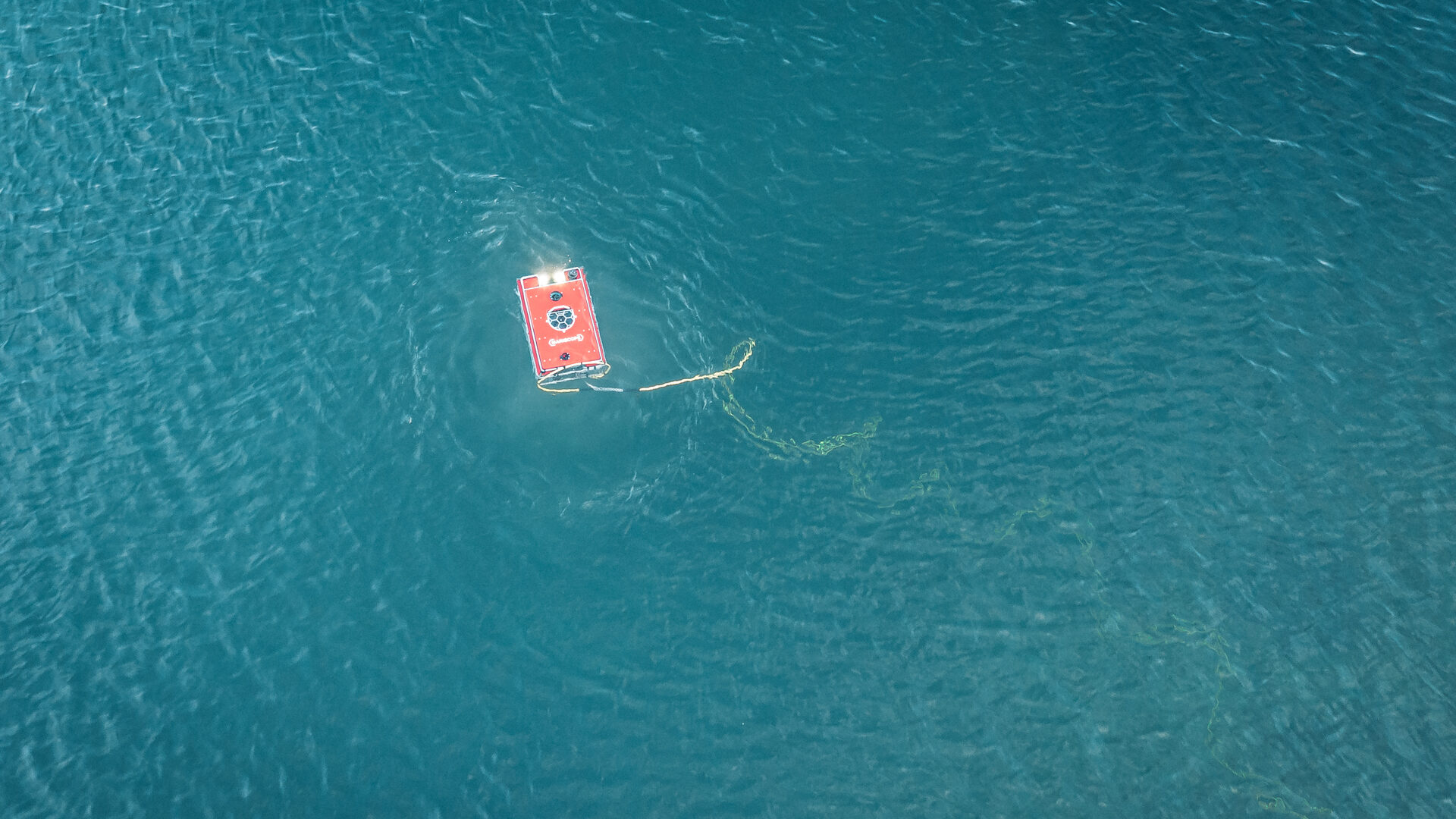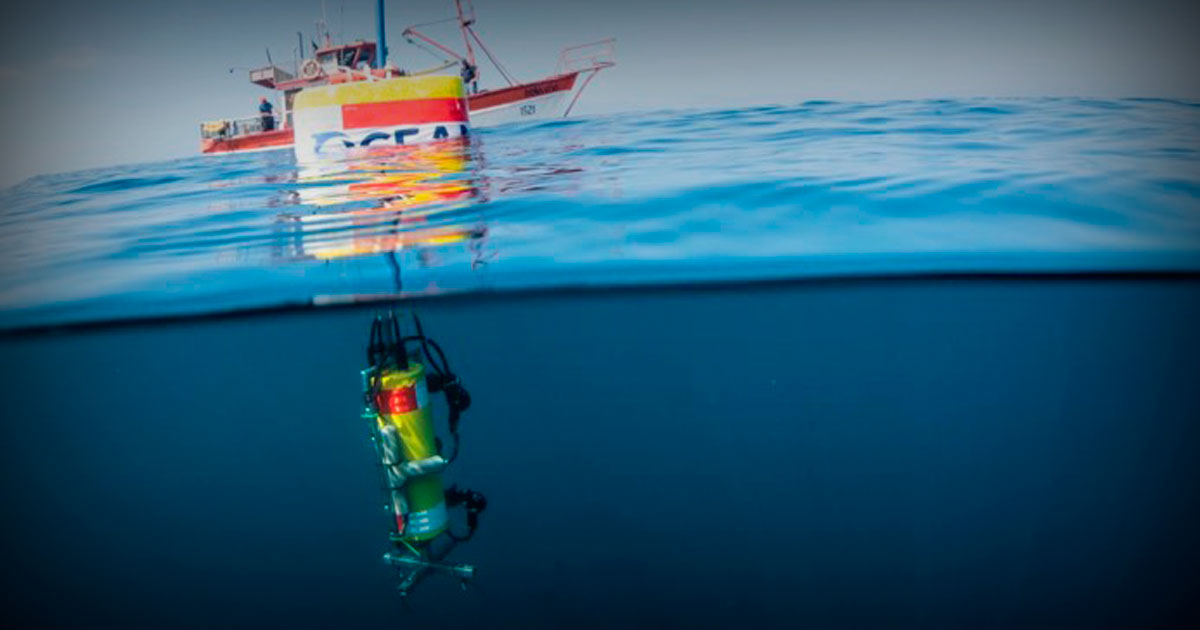Science support
The use of ROVs, cameras, dropcams, and other advanced technology has revolutionized scientific research in the ocean and other aquatic environments. These tools allow scientists to explore and study the ocean in ways that were previously impossible, providing valuable data and insights into the behavior, health, and ecology of marine life.
ROVs are often used to explore the ocean depths and collect data on deep-sea organisms, geological formations, and other features of the underwater world. Equipped with cameras, sensors, and other scientific instruments, ROVs can provide a wealth of data on the physical and biological characteristics of the ocean, as well as the behavior and distribution of marine species.
Dropcams are small, specialized cameras that are dropped into the ocean to collect data on the water column and the organisms that inhabit it. They are typically equipped with sensors to measure temperature, salinity, and other environmental parameters, providing scientists with detailed data on the ocean’s physical and chemical properties.
Other advanced tools used in underwater scientific research include acoustic sensors, DNA sequencing equipment, and remotely operated sampling devices that can collect water, sediment, or biological samples for analysis in the lab.
The data collected using these tools is used to study a wide range of topics, including marine biodiversity, oceanography, biogeochemistry, climate change, and more. The insights gained from this research are critical for understanding the health of our oceans and the impact of human activities on marine life.
Overall, the use of ROVs, cameras, dropcams, and other advanced technology has transformed scientific research in the ocean, allowing researchers to explore and study the underwater world in unprecedented detail. With continued advances in technology, the field of underwater science is likely to yield many more exciting discoveries in the years to come.



